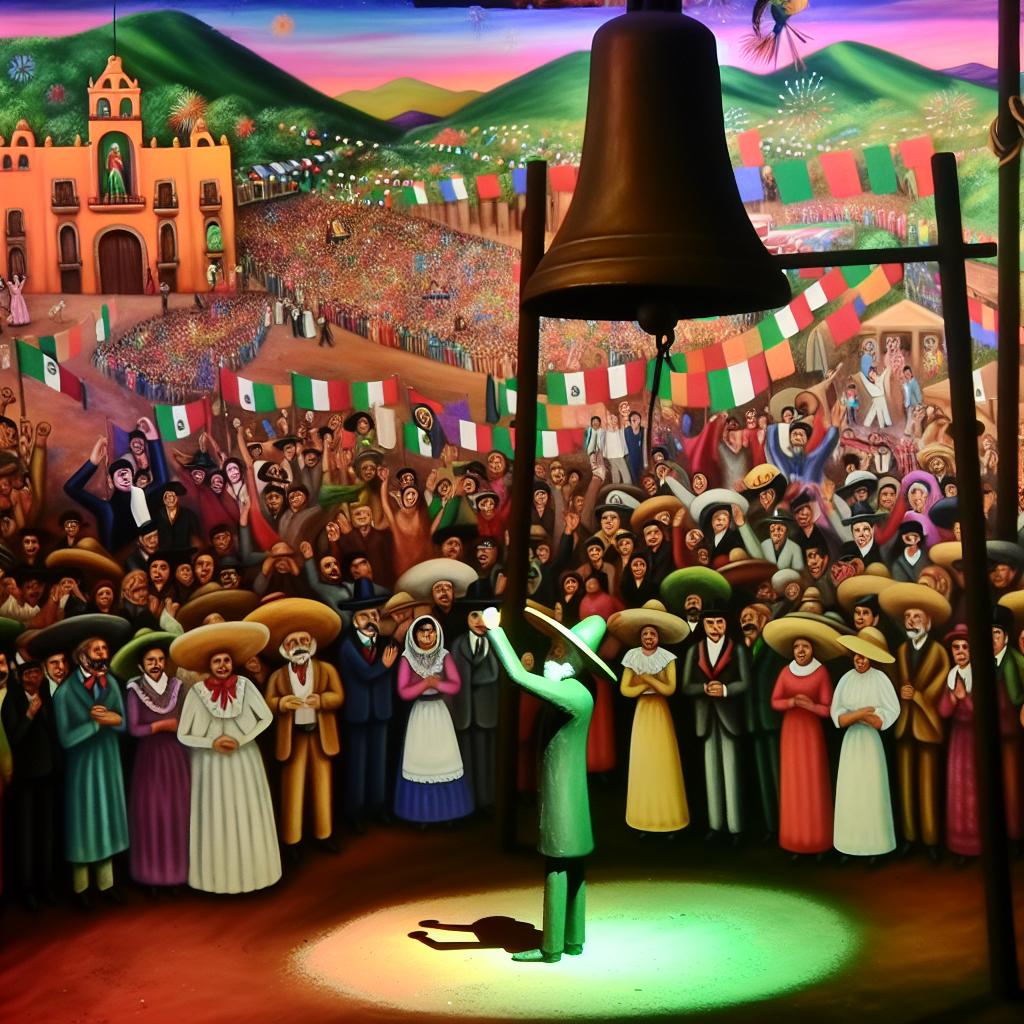Background of the Mexican War of Independence
The Mexican War of Independence, which began in 1810 and formally ended in 1821, represents an essential era in Mexico’s historical transition from a Spanish colony to an autonomous nation. This protracted and complex conflict was fundamentally driven by a range of social, political, and economic disparities that were intensified under Spanish colonial dominion. Central to this transformative struggle were the ambitions for enhanced autonomy and equality across the multifaceted classes and ethnic populations within Mexico.
The struggle for independence was not merely a regional conflict but part and parcel of a larger movement against colonialism throughout Latin America during the early 19th century. The fight for self-rule resonates with a wide array of individuals and groups striving for a redefined sense of identity and liberty. The rise of nationalism intertwined with the quest for independence, fueled by Enlightenment ideas that had been permeating the intellectual fabric of the colonies.
Key Figures in the War of Independence
Navigating through the path of liberation were numerous influential leaders and visionaries. Among them, two figures stand out prominently: Miguel Hidalgo y Costilla and José María Morelos. These two leaders played a pivotal role in galvanizing and leading the Mexican populace towards the dream of independence.
Miguel Hidalgo y Costilla
Miguel Hidalgo y Costilla, a Roman Catholic priest, was a revolutionary leader whose actions initiated a significant wave of uprising. Renowned for “El Grito de Dolores,” his rallying cry on September 16, 1810, Hidalgo’s impassioned speech set the wheels of rebellion in motion against Spanish rule. This proclamation appealed to, and gained wide support from, the beleaguered indigenous and mestizo communities. His advocacy was rooted in fervent opposition to economic exploitation and suppression, calling for a new societal structure devoid of colonial strangleholds.
Despite experiencing strategic defeats and eventual capture, Hidalgo’s movement left an indelible imprint on the nation’s consciousness. His leadership, although brief, signified a crucial turning point in the burgeoning independence movement, setting the foundation upon which subsequent efforts were built. These early sacrifices underscored the costly path toward liberation.
José María Morelos
José María Morelos is revered for reinvigorating the revolution following Hidalgo’s execution in 1811. Morelos continued to advance the cause by transforming the resistance into a more organized and disciplined military force. Notably, he presided over the inaugural Congress of Chilpancingo in 1813, during which independence from Spanish rule was formally declared. Morelos envisioned profound social changes, advocating for a more equitable redistribution of wealth and land.
His military strategies and vision of governance provided structural cohesion to a movement often beset by fragmentation. Although Morelos too was captured and executed in 1815, his legacy persisted through the strategic blueprints and aspirations he championed for the fledgling nation. He is remembered for asserting the need for inclusivity and restructuring within Mexico’s socio-political framework. His concepts of reform and egalitarian justice continue to influence discourses on nation-building.
Military Campaigns and Strategy
The Mexican War of Independence was defined by a multifaceted array of military engagements that ranged from set-piece battles to guerrilla tactics. The insurgency took root in diverse regions, often propelled by the local support and intimate geographic knowledge held by those opposed to Spanish governance. This regional immersion enabled Mexican forces to effectively counter Spanish troops, who were often more limited in their operational scope due to unfamiliarity with the land.
Throughout the conflict, there was an adaptive evolution in the insurgents’ strategic outlook and organizational structures. As leadership altered and circumstances shifted, tactics were recalibrated to sustain the fight. This involved leveraging local grievances and resource mobilization to sustain a prolonged resistance effort. The cacophony of voices and strategies reflected a broader collective struggle imbued with resilience and determination.
The Role of External Factors
Significantly, the Mexican War of Independence did not unfold in isolation. It was influenced by broader global events, particularly the Napoleonic Wars that were transpiring in Europe. These geopolitical shifts critically weakened Spain’s capability to exert control over its vast American colonies. As Europe’s balance of power was disrupted, Mexican insurgents found a timely opportunity to amplify their revolutionary ambitions.
These external diversions afforded the Mexican liberation movement a reprieve from the full brunt of the Spanish military response. Spanish preoccupation with conflicts on its own continent indirectly assisted the cause of Mexican independence, facilitating concerted insurgency efforts during this tumultuous period. External events inadvertently underscored the vulnerability of colonial structures, shifting the momentum in favor of autonomy and self-rule.
Achieving Independence
The culmination of more than a decade of unyielding conflict was realized with the signing of the Treaty of Córdoba in 1821, a landmark agreement that officially recognized Mexican independence. The treaty was an outcome fostered by complex internal negotiations spanning various stakeholders within the movement, symbolizing the triumph of persistence over colonial imposition.
While independence heralded the end of formal colonial influences, it concurrently introduced the nascent nation to a suite of new challenges. The transition was characterized by political instability, economic precarity, and the task of constructing a coherent national identity amidst lingering colonial legacies. Despite these hurdles, the attainment of independence marked a pivotal redefinition of Mexico’s sociopolitical landscape.
For those interested in delving deeper into this transformative period, Wikipedia’s detailed page on the Mexican War of Independence is a useful resource to explore further insights into this monumental chapter of history.







